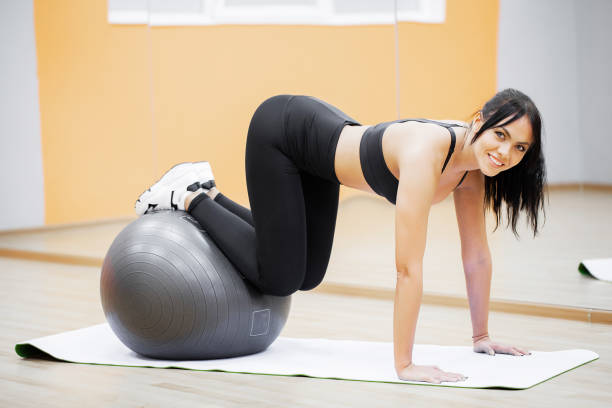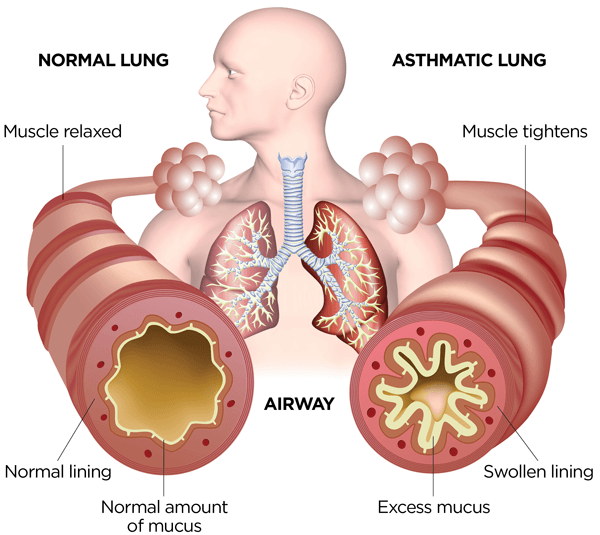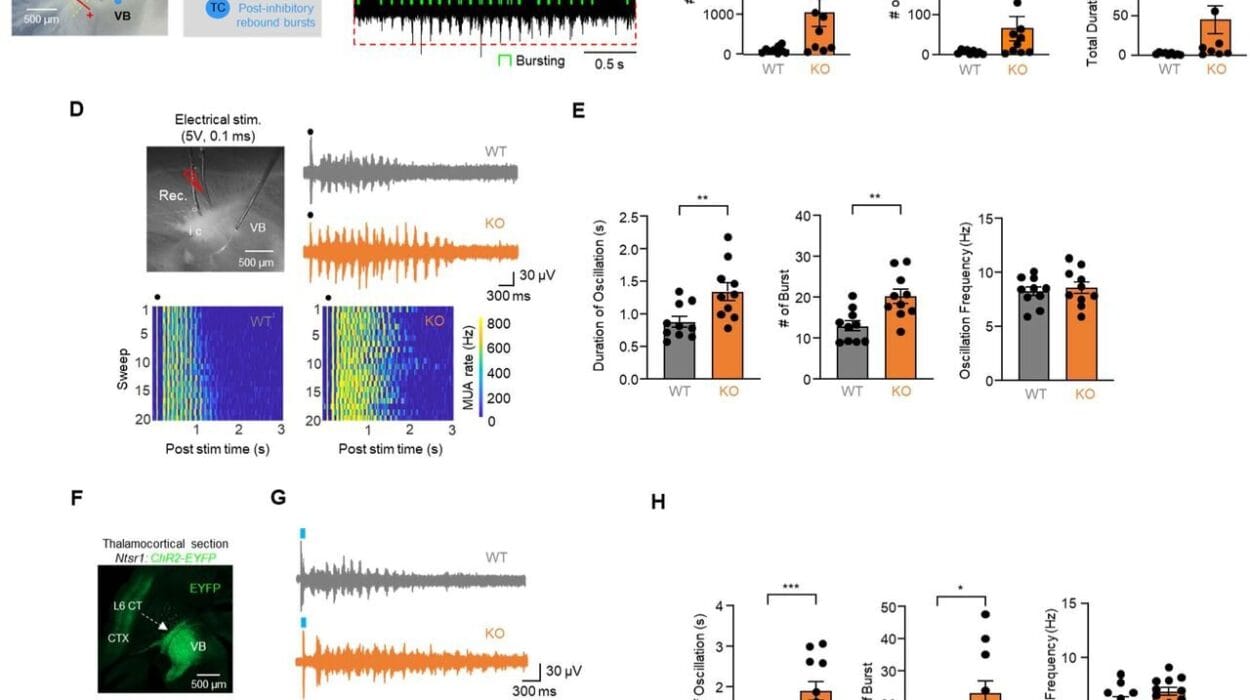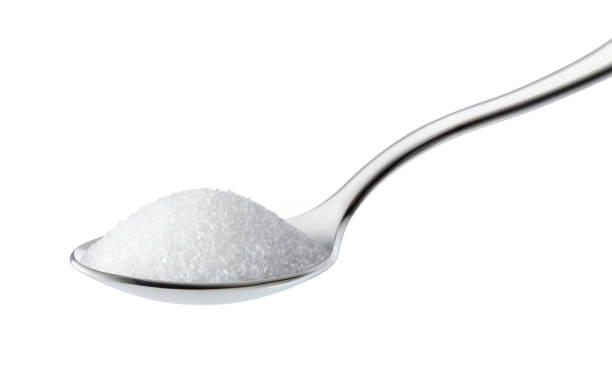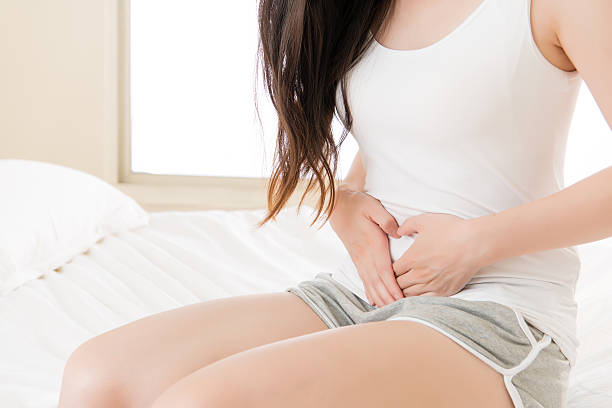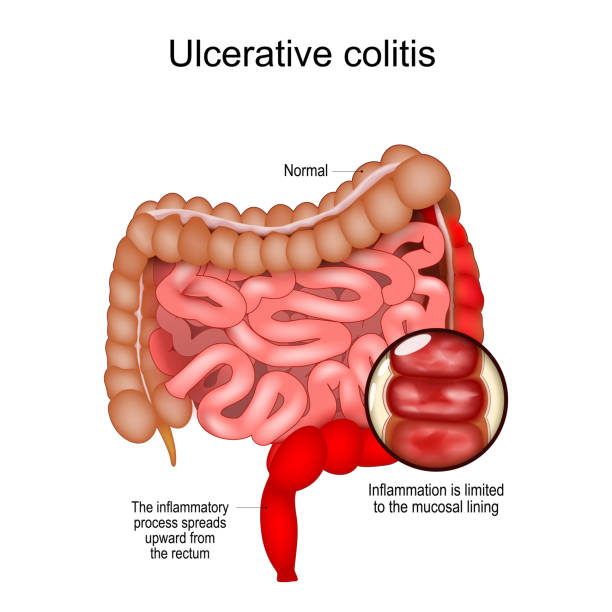Beneath the surface of every woman’s body lies a hidden architecture—bones that carry, protect, and support her throughout her life. Strong bones are the silent guardians of movement and independence, the pillars of vitality that allow a woman to dance, to run, to embrace her children, and to grow old with dignity. Yet bones are not invincible. They can weaken, fracture, or slowly erode under the quiet threat of osteoporosis, a condition that disproportionately affects women.
The story of bone health is, in many ways, the story of resilience. And one of the most powerful tools women possess to protect that resilience is exercise. Movement is not just about building muscle or burning calories—it is about fortifying the very skeleton that sustains life.
Why Bone Health Matters So Deeply for Women
Bone health is not a luxury—it is essential for lifelong well-being. For women, the stakes are particularly high. Throughout childhood and adolescence, bones grow rapidly, reaching peak strength in early adulthood. But as women age, especially after menopause, bone density naturally declines due to hormonal shifts, particularly the drop in estrogen.
This decline places women at a much greater risk of osteoporosis than men. In fact, according to the International Osteoporosis Foundation, nearly one in three women over the age of 50 will experience osteoporotic fractures, compared to one in five men. These fractures are not minor inconveniences—they can cause chronic pain, disability, loss of independence, and even premature death.
The tragedy is that much of this risk is preventable. Bones are living tissue, constantly renewing themselves in a cycle of breakdown and rebuilding. Exercise has the remarkable ability to influence this process, stimulating bone growth, slowing bone loss, and improving the strength of the muscles and joints that protect against falls.
The Science of Bones: Living Structures, Not Static Frames
To understand how exercise affects bone health, it helps to recognize that bones are not static objects. They are dynamic, living organs that continually adapt to the demands placed upon them. The process of bone remodeling involves two main types of cells: osteoclasts, which break down old bone tissue, and osteoblasts, which build new bone.
During youth, bone-building activity outpaces breakdown, allowing bones to grow in size and density. This balance shifts with age. By the time women reach midlife, especially after menopause, osteoclast activity often surpasses osteoblast activity, leading to gradual bone loss.
What makes exercise so extraordinary is its ability to shift this balance back in favor of building. When bones are exposed to stress—whether through weight-bearing activity, impact, or resistance—they respond by becoming stronger, denser, and more resilient. It is as if bones “learn” from the forces they encounter, reinforcing themselves against future challenges.
Exercise as Medicine for Bones
Scientists often describe exercise as “medicine,” and for women’s bone health, the prescription is clear. Different forms of physical activity provide unique benefits:
Weight-Bearing Exercises
These are activities in which the body works against gravity while staying upright—walking, running, hiking, dancing, or playing sports like tennis. Every step sends a signal to bones, urging them to reinforce their structure. High-impact activities, such as jogging or jumping, are especially effective for stimulating bone growth, though low-impact options like brisk walking can still provide protection, particularly for women who are older or have joint issues.
Resistance Training
Strength training is often underestimated, but it is among the most powerful tools for protecting bones. Lifting weights, using resistance bands, or performing bodyweight exercises (like squats and push-ups) not only strengthens muscles but also places mechanical stress directly on bones. This dual effect increases bone density while reducing the risk of falls by improving balance, coordination, and muscle mass.
Balance and Flexibility Exercises
While yoga and Pilates may not directly build bone density, they play a crucial supporting role. These practices enhance posture, stability, and core strength, reducing the likelihood of falls that cause fractures. Moreover, they foster body awareness, encouraging women to move safely and confidently as they age.
The Synergy of Variety
No single type of exercise is enough. Just as a healthy diet requires variety, so does a bone-friendly exercise routine. A mix of weight-bearing, resistance, balance, and flexibility activities creates a comprehensive shield for skeletal health.
Exercise Across the Female Lifespan
Bone health is not static—it evolves over the course of a woman’s life. Exercise must adapt accordingly.
Childhood and Adolescence: Building the Foundation
During the early years, bones are rapidly developing. Exercise at this stage can help girls achieve higher peak bone mass, which acts like a “bone bank” for later life. Jumping, running, climbing, and sports that involve impact are especially beneficial, as they maximize bone density at a time when the skeleton is most responsive.
Early to Mid-Adulthood: Maintaining Strength
For women in their 20s to 40s, the goal is to maintain the strong bones built in youth. Consistent weight-bearing and resistance training are key. This stage of life often involves busy schedules, careers, and family responsibilities, but even moderate exercise performed regularly can preserve bone health and reduce the gradual losses that begin in the 30s.
Perimenopause and Menopause: Counteracting Hormonal Changes
The years surrounding menopause are a turning point. Estrogen, a hormone that plays a protective role in bone health, declines significantly, accelerating bone loss. This is where exercise becomes not just beneficial but essential. Weight-bearing and strength training exercises help counteract bone thinning, while balance exercises reduce the heightened risk of falls. Women who maintain active lifestyles during this transition can significantly delay or reduce the severity of osteoporosis.
Older Age: Preserving Independence
In later years, the focus shifts toward preventing fractures and maintaining mobility. High-impact activities may no longer be safe, but low-impact exercises like walking, tai chi, and resistance training remain invaluable. These forms of exercise preserve muscle mass, enhance coordination, and ensure that older women can continue to live independently with reduced risk of falls and injuries.
The Emotional and Psychological Dimensions
Exercise for bone health is not only about biology—it is also about identity, empowerment, and emotional well-being. For many women, staying active builds confidence and a sense of control over their bodies. It transforms the fear of fragility into the strength of resilience.
Physical activity also releases endorphins, reduces anxiety, and combats depression. These mental health benefits create a positive feedback loop: when women feel better emotionally, they are more likely to continue exercising, further protecting their bones. Moreover, group activities like dance or fitness classes foster community, providing the social connections that are vital for overall health.
Nutrition and Exercise: Partners in Bone Strength
Exercise alone is powerful, but it works best when paired with proper nutrition. Bones require building blocks—calcium, vitamin D, magnesium, and protein—to repair and strengthen themselves after exercise-induced stress. Without adequate nutrition, even the best exercise regimen cannot maximize bone health.
Calcium forms the structural foundation of bones, while vitamin D ensures calcium is absorbed effectively. Protein supports both muscle and bone strength, and other micronutrients like vitamin K and magnesium contribute to bone metabolism. Women who combine a nutrient-rich diet with consistent exercise create the strongest shield against bone loss.
The Global Challenge of Osteoporosis
The role of exercise in women’s bone health is not just a personal matter—it is a public health issue. Osteoporosis has been called a “silent epidemic,” affecting hundreds of millions worldwide. The costs—both human and economic—are staggering. Fractures caused by osteoporosis lead to hospitalizations, long-term care needs, and diminished quality of life.
Yet prevention is possible. If exercise were embraced as a daily habit, much of this burden could be reduced. Communities that promote physical activity through safe parks, accessible gyms, and education campaigns empower women to take control of their bone health.
Barriers Women Face in Exercising for Bone Health
Despite the clear benefits, many women struggle to make exercise a priority. Common barriers include time constraints, caregiving responsibilities, lack of safe environments, cultural expectations, or misinformation about what types of exercise are appropriate. Some women may fear weightlifting, believing it will make them “bulky,” when in reality it is one of the most effective ways to protect bones.
Addressing these barriers requires both individual commitment and systemic support. Workplaces can encourage wellness programs, governments can invest in community fitness spaces, and healthcare providers can educate women about the critical role of exercise.
The Future: Research and Innovation
Science continues to uncover new insights into how exercise benefits bones. Researchers are exploring how different intensities, durations, and types of exercise affect women at various life stages. Technologies such as bone density scans and wearable fitness trackers are making it easier to personalize exercise prescriptions.
Emerging fields like mechanobiology—the study of how physical forces influence biology—are deepening our understanding of how bones adapt to movement. This knowledge may lead to even more targeted exercise recommendations for preventing and treating osteoporosis in women.
A Vision of Empowered Health
The story of women’s bone health is not one of inevitable decline—it is one of empowerment. Exercise offers women the chance to shape their future, to strengthen the silent scaffolding that carries them through life. Every step, every lift, every stretch is an act of defiance against fragility, a declaration of strength and independence.
Bone health is not simply about avoiding fractures—it is about living fully, moving freely, and aging with dignity. For women everywhere, exercise is not just an option; it is a lifeline.
Conclusion: A Call to Movement
Health is not found in pills alone, nor is it secured through luck. It is built through daily choices, and for women, one of the most powerful choices is to move. Exercise is a gift to the bones, a conversation with the body that says: “I want you to be strong. I want you to carry me, not just today, but for decades to come.”
The role of exercise in women’s bone health is, in truth, the role of exercise in life itself—it sustains, protects, and empowers. By embracing movement, women do more than strengthen bones; they strengthen their future.
